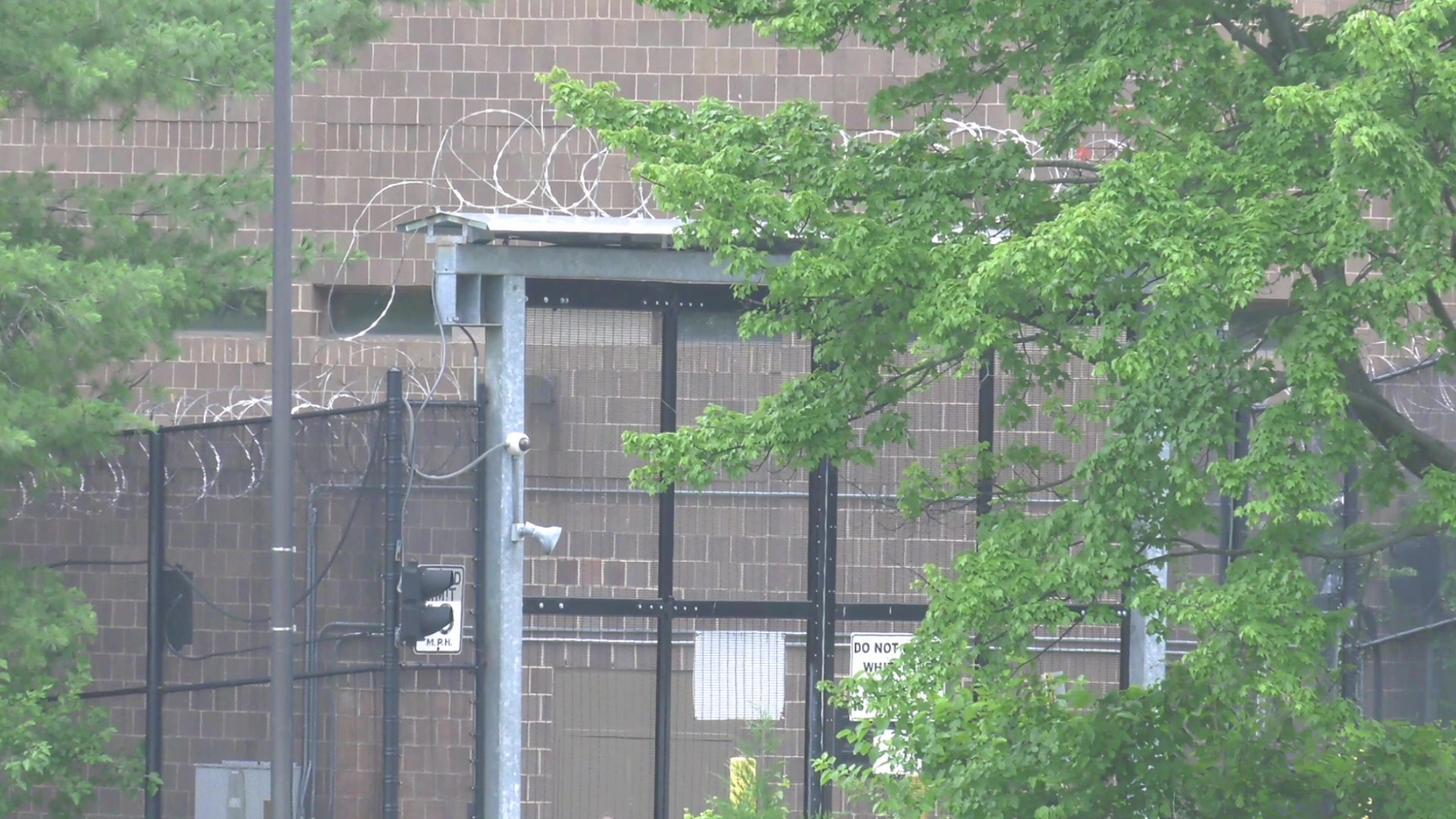3 min read
Fence Cutting: In the Headlines as Two Prisoners Escape Philadelphia Prison
![]() Theseus Team
:
May 11, 2023 11:58:11 AM
Theseus Team
:
May 11, 2023 11:58:11 AM

While there are a LOT of questions still to be answered about the recent prison break that occurred in Philadelphia last weekend, we thought it appropriate to share some thoughts on how to detect attempts to gain entry, or exit in this case, through a fence.
Fence cutting is a significant security concern for any secure facility, and detecting such attempts in a timely manner is crucial for maintaining the security of the facility. Fortunately, there are several technologies available that can detect fence cutting and alert security personnel.
Perimeter Intrusion Detection Systems (PIDS)
One of the most common technologies used to detect fence cutting is perimeter intrusion detection systems (PIDS). PIDS systems use sensors, such as motion detectors and vibration sensors, to detect any movement along the fence line. These sensors are usually placed on or near the fence and are designed to detect any attempts to cut or climb the fence. When an intrusion is detected, the system can trigger an alarm, send a notification to security personnel, or activate other security measures, such as turning on floodlights or locking doors.
Buried Systems
Another technology used to detect fence cutting is fiber optic sensing. Fiber optic sensing systems use optical fibers buried along the fence line to detect any attempts to cut or disturb the fence. These systems can detect even the slightest movements or vibrations and can provide high accuracy and reliability.
Acoustic Sensing
Acoustic sensing is another technology used to detect fence cutting. Acoustic sensors are placed along the fence line and can detect any sound or vibration caused by an intruder attempting to cut or climb the fence. These sensors can distinguish between normal environmental noises and those caused by an intruder, and can trigger an alarm or alert security personnel accordingly.
Pro Tip: Use Layered Solutions
Video surveillance systems can also be used to detect the potential for fence cutting or climbing. Cameras placed along the fence line can use Artificial Intelligence (AI-based) video analytics detect attempts to cut or climb the fence and can provide visual evidence of the intrusion or escape.
Microwave detection systems can provide an additional perimeter protection layer. They transmit a signal to a receiver a distance away that can detect when the field created between them is disturbed by a person walking, running, or crawling through the area.
Buried cables can be used to create a field of detection as well. When a person interrupts the field above the cable, an alarm is created and sent to the monitoring center.
It's highly recommended best practice to integrated with other security measures, such as PIDS, microwave, or acoustic systems to alert officials immediately for alarm verification and determination of the exact threat.
Facilities with perimeter protection needs must also maintain vegetation and other environmental challenges along the fence line. Trees, tall grass, and even tumbleweeds can cause nuisance alarms and render a system unreliable by the officers at the location.
So, what next?
There are several technologies available to detect fence cutting at a secure facility, including perimeter intrusion detection systems, fiber optic sensing, acoustic sensing, and video surveillance. These technologies can provide reliable and accurate detection of intrusions, enabling security personnel to respond quickly and effectively to any security threats.
The Theseus Professional Services team is here to assist your organization with risk assessment, consulting, security solution design, and engineering services. We assist all security professionals from end users to MEP firms who need a partner for a low voltage project.
 BONUS: SECURITY RISK ASSESSMENT CONSIDERATIONS GUIDE - FREE DOWNLOAD
BONUS: SECURITY RISK ASSESSMENT CONSIDERATIONS GUIDE - FREE DOWNLOAD
Security professionals are constantly looking for innovative ways to secure their facility and provide a safe environment within their budget. And, they are also constantly looking for resources to help them achieve that mission while expert advice is hard to come by.
Fortunately, we have released a considerations guide that will help security professionals perform their own in-house security risk assessment.
What's Inside?
This guide is intended to assist you with performing an in-house physical security risk assessment. In many cases, assistance from a third-party expert, like Theseus Professional Services, is required.
Identification of missing or inadequate physical security measures that safeguard assets (people, property, and information) and critical business functions is of paramount importance. The findings of a security risk assessment are used to measure and communicate the level of risk to the organization.
- Process Evaluation
- Threats
- Vulnerability Assessment Highlights
- Electronic Security Systems Considerations
- Site Considerations
- Building Entrances and Exits
- Common Functional Areas
- Building Envelope
- Utilities and Building Services
- Building Systems
Contact us to discuss your organization's needs today: info@theseuspro.com




